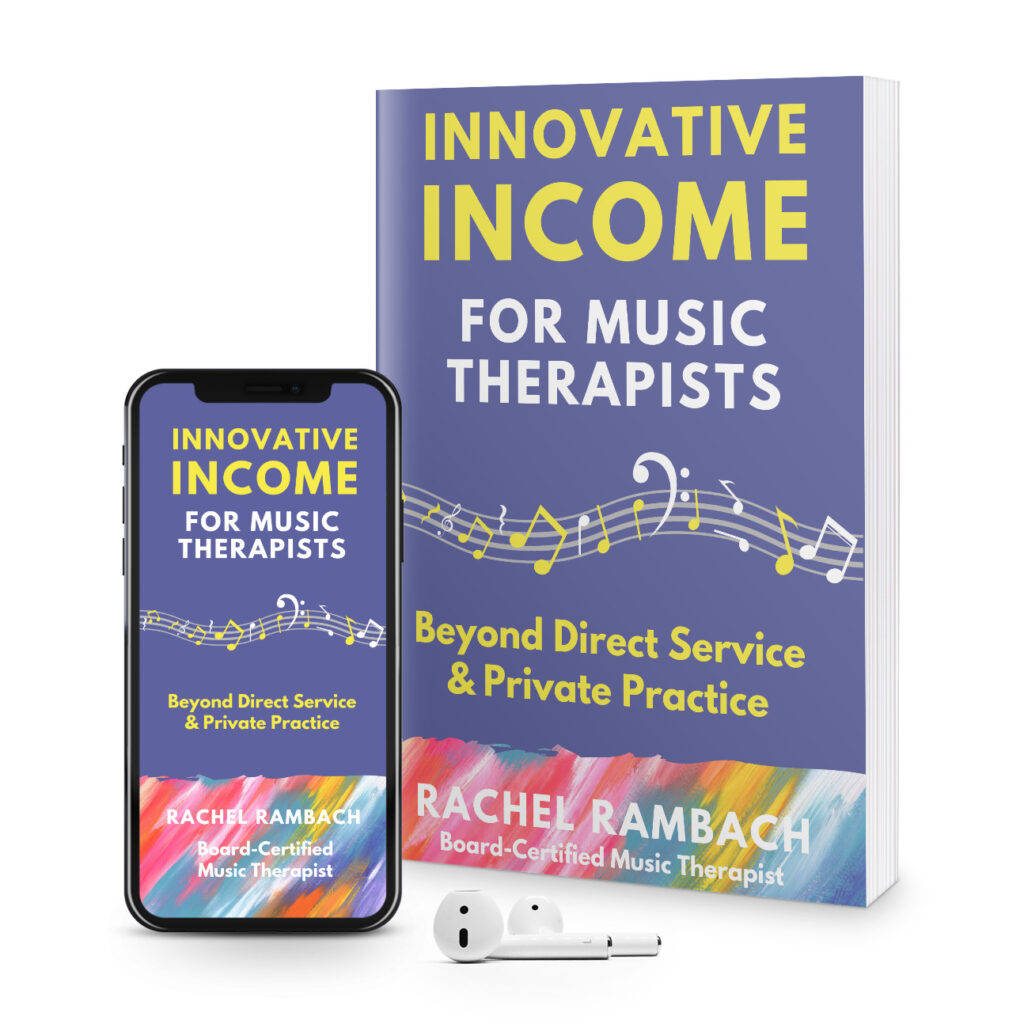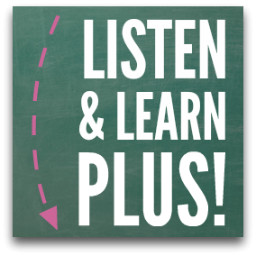by Rachel | Uncategorized

This week not only marks the beginning of spring, but also the beginning of a BIG project at my house. I’ve hinted at this in my newsletter, but now the cat is coming out of the bag: my studio is moving!
Yep, that’s right…my home studio and private practice is moving from its current location (pictured above) all the way to the other side of my house. I’m sure going to miss this beautiful room full of windows, but it will make a nice nursery someday.
So why in the world would I decide to move when I have such a great setup now? A couple reasons, actually. First of all, my living room doubles as the waiting room for my students and their families. And since I work up until 7 pm and later some nights, my poor husband and puppy are banished until my last student has left. Second, I wanted a more dedicated studio space with a separate entrance. Currently, everyone enters and exits through the front door and has full access to my home. However, that will change once the move is complete.
The contractor is coming tomorrow to start the renovation of my new studio space, and I can’t wait. The flooring has been ordered, paint colors chosen, and my head is full of decorating schemes. I’ll be documenting the entire renovation and moving process, of course — stay tuned for one last tour of my current studio, and before pictures of the new space!
by Rachel | Uncategorized

Earlier this week, I received an email from a reader with a few questions regarding the business and practical aspects of running a music therapy and teaching studio.
Thank you for all you do for music therapy advocacy and encouraging music therapists with ideas. Your energy and ideas inspire me to be more creative in my own practice. I’ve been following your blog for about 6 months now and love it, especially for the practical ideas it gives me for interventions. I’m a music therapy contractor working with hospice patients and preschool children at this time. I have only contracted with facilities until now, at which point I have an opportunity to possibly be the music therapist at a new “alternative” music academy. My understanding is that it is geared toward adaptive music lessons for kids with special needs, and they also want music therapy to be offered.
She then proceeded to list her questions, which I answered at length via email. After all that typing, I decided that since I get these kind of questions so often, I’d just share my answers here on the blog. So here they are!
Should I bill each student and have them pay for the upcoming month at the beginning of the month, to reduce chronic late payers?
Honestly, I prefer weekly billing. My students’ parents know that I expect payment every week at the lesson or session, and if for some reason they forget, they just double up the following week or mail me a check. However, I’ve been using (and 100% recommend) the online studio management software Music Teacher’s Helper and this makes monthly billing a snap. You should also take into account whether or not you have time for make-up lessons and sessions; at this time, I do not, which is why I lean toward weekly billing.
What should the consequences be if a payment is late?
I currently do not have a late payment penalty in place. Maybe I’m lucky compared to most, but I almost never have to deal with late payments. I think this has to do with the fact that my students pay weekly. If you do choose to bill monthly and want to have a late payment penalty in place, you could decide on a flat fee or maybe charge the cost of a lesson.
What should the expectations be for behavior in the studio?
I make my expectations very clear in the form of a letter to families when they join my studio. I outline my policy for parking, entering (don’t knock or ring the doorbell, take your shoes off), and waiting (use the living room, you may watch tv, where the restroom is located), as well as how I expect students to behave in their lessons or sessions.
The #1 expectation is respect — not only of me, but of my instruments, equipment, and the studio as a whole. It’s important to establish this early on, and to enforce it regularly. I’m laid-back in many ways as a teacher and therapist, but not when it comes to the treatment of my materials and myself. I also have a NO WHINING/I CAN’T policy that is repeated far more frequently than I’d like :)
What forms should a parent/student sign?
At the start of the summer session (when I commonly take on new students in larger batches), I give out an annual survey to all of my existing students’ AND new students’ families. It asks for all the typical contact information, in addition to diagnosis (if applicable), current goals, expectations, concerns, allergies, and anything else I might need to know as an instructor and music therapist. This keeps me up to date with my current students, and helps me get to know the new ones.
Do you send students home with “practicing” homework each week?
For both my mainstream and adapted piano, voice and guitar students, I fill out an assignment sheet and progress note at each lesson so that the parents and students know what is expected at the next lesson. There is a space to log practice/work time, and both the parent and student sign it. I’ve been doing this for the past couple of years, but will be moving to an electronic system (again, using Music Teacher’s Helper) this summer.
If so, what do you assign?
My students work out of a combination of method books, worksheets, sheet music, and other materials that I provide. I have each of them bring a 3-ring binder to their lessons every week, and that is where we keep their loose papers, progress notes, assignment sheets, and monthly calendars.
Assignments usually include whichever piece(s) of music they are currently working on, a written assignment from their theory book, and sometimes memorization work (i.e. scales, chords, reading notes on the staff).
Please note that the above applies to students who take mainstream and adapted lessons. In most cases, I don’t assign take-home work to my music therapy students, though I do send them home with CDs and materials from our sessions to supplement our work together.
How do you monitor and reward their progress?
Each week, we take out the assignment sheet from the previous week. We talk about the things they were to work on, and address any difficulty they might still be having. I’ll look over any written assignments, and then have them play their piece(s) and/or exercises for me. This is the point at which I fill out progress notes for parents to see after the lesson.
My younger students have the opportunity to choose a sticker from my vast collection (I have a sticker-buying addiction!) and place it on that day of the calendar if they have finished their work and played to the best of their ability. This is almost always the case. I don’t have a reward system for my older students, aside from verbal and written praise on their progress notes.
If you have additional questions about running a private practice and/or studio, feel free to leave them in the comments. It’s a topic that is very much on my brain these days since I’m busy getting things in place for the summer session, which will be here before we know it!
by Rachel | Uncategorized

A little over a year ago, the lovely and talented Kat Fulton introduced me to a guy by the name of Chris Guillebeau. I can’t thank Kat enough, because Chris has been a huge influence on the way I live my life and build my business.
Chris’ blog is called The Art of Non-Conformity, and there he writes about how to change the world by achieving significant, personal goals while helping others at the same time. His articles never fail to inspire me, especially since he practices what he preaches. Talk about goal-setting: Chris plans to visit every country in the world during a five-year time period; so far he’s been to 149 out of 192 with two years remaining in which to complete his mission.
So when he debuted his Empire Building Kit last spring, I didn’t hesitate for a minute before taking the plunge. Case studies, video interviews, transcripts, and a 365-day email series (the longest in history) designed to help me build my business in one year by doing one thing every day? Yes, please.
That was in May. Today marks day #255, and I can’t tell you how many times I’ve hit “reply” to thank Chris for another valuable idea or nugget of information. And you know what? He’s responded every single time. Amidst his world-traveling, writing a bestselling book, and generally just being awesome, he’s found the time to personally cheer me on.
I love working on my business (which is comprised of my private music therapy practice/teaching studio and Listen & Learn, of course), but what I love even more is seeing positive results. And although I may not have achieved empire status just yet, I’m on my way.
Any other emperors out there? I’d love to hear your thoughts on the kit. And if you want to join us, read on.
by Rachel | Uncategorized

My insurance agent isn’t a music therapist; he doesn’t work with children, or even play an instrument. But he did teach me a lesson that has been extremely valuable to my private music therapy practice and teaching studio.
The fact that my insurance agent is also my husband has no bearing on this particular story…I promise! But it does come in handy when I need business advice, considering Zach has earned the title “Agent of the Year” in his multi-state region for the past two years. He knows his stuff, and I know where he lives :)
Anyway, back to that valuable lesson. Not so long ago, I asked my husband/agent what sets him apart from his colleagues when it comes to sales performance. His answer? “I ask for referrals.”
It’s that simple. Simple, yet often overlooked as a business strategy. Zach doesn’t assume that people will decide to call him instead of the other hundreds of insurance agents in Illinois, and he doesn’t spend any time cold-calling prospective clients. Instead, he asks his existing customers, those whose trust he has already earned through exceptional service, to refer their family and friends to him.
I’m no stranger to word-of-mouth marketing. However, I’d never thought to directly ask the families with which I work to send new referrals my way. So in preparation for my upcoming summer session, during which I’m hoping to add 20 or so new students, I took a cue from Zach and did just that.
My families jumped at the chance, and even said that they’d been hesitant to do so in the past because they knew how booked up I already was. Now, less than a month later, I have an active waiting list of 15 (and counting) new students who are willing to wait until June to begin receiving my services. Word of mouth is a powerful thing — especially when those mouths belong to loyal and satisfied clients!
The next time I receive an email from a fellow music therapist asking how I “advertise” my services, I’m going to respond with a link to this blog post. Sometimes it’s the simplest things that make the biggest impact, and I have my husband (the star insurance agent) to thank for reminding me of that.







